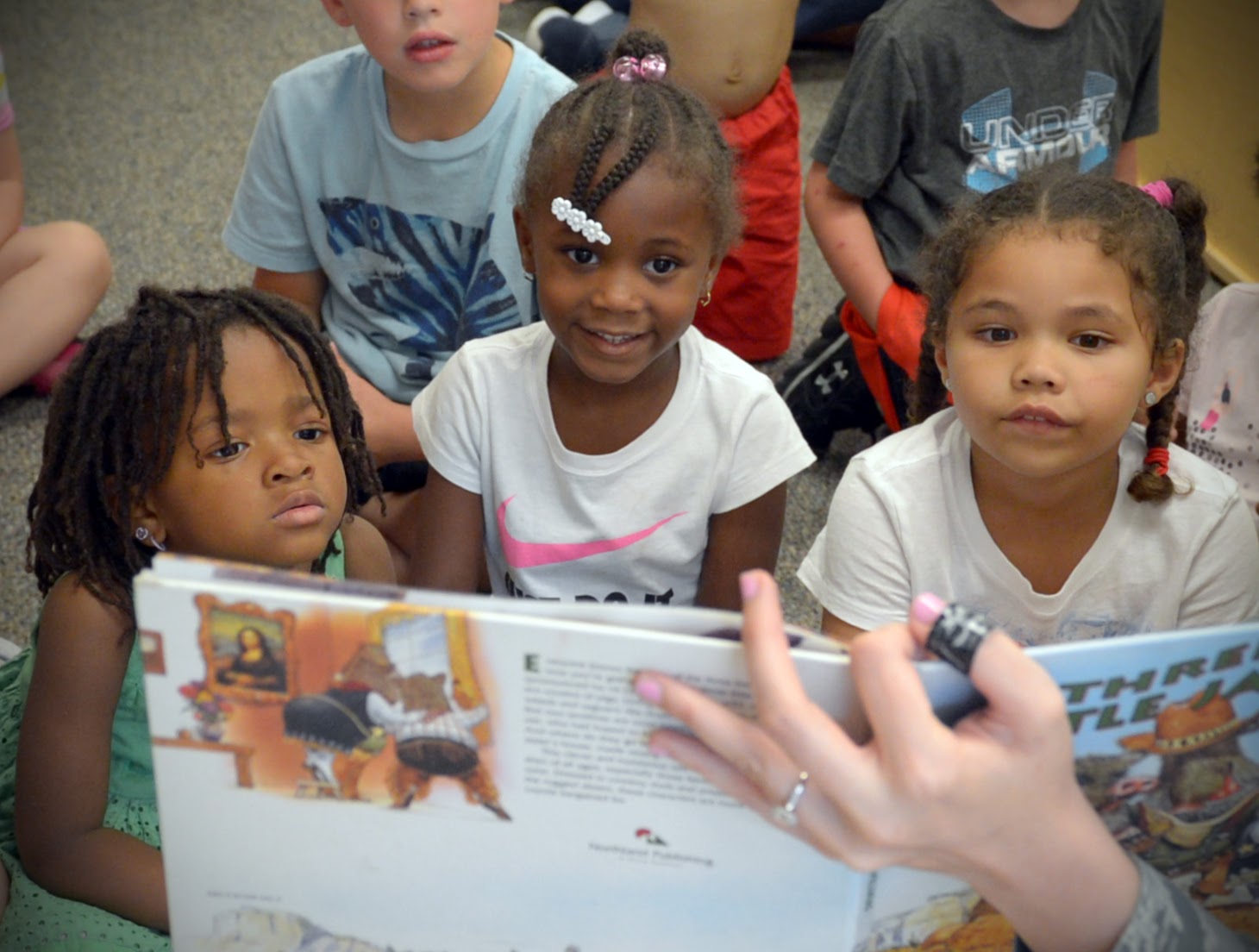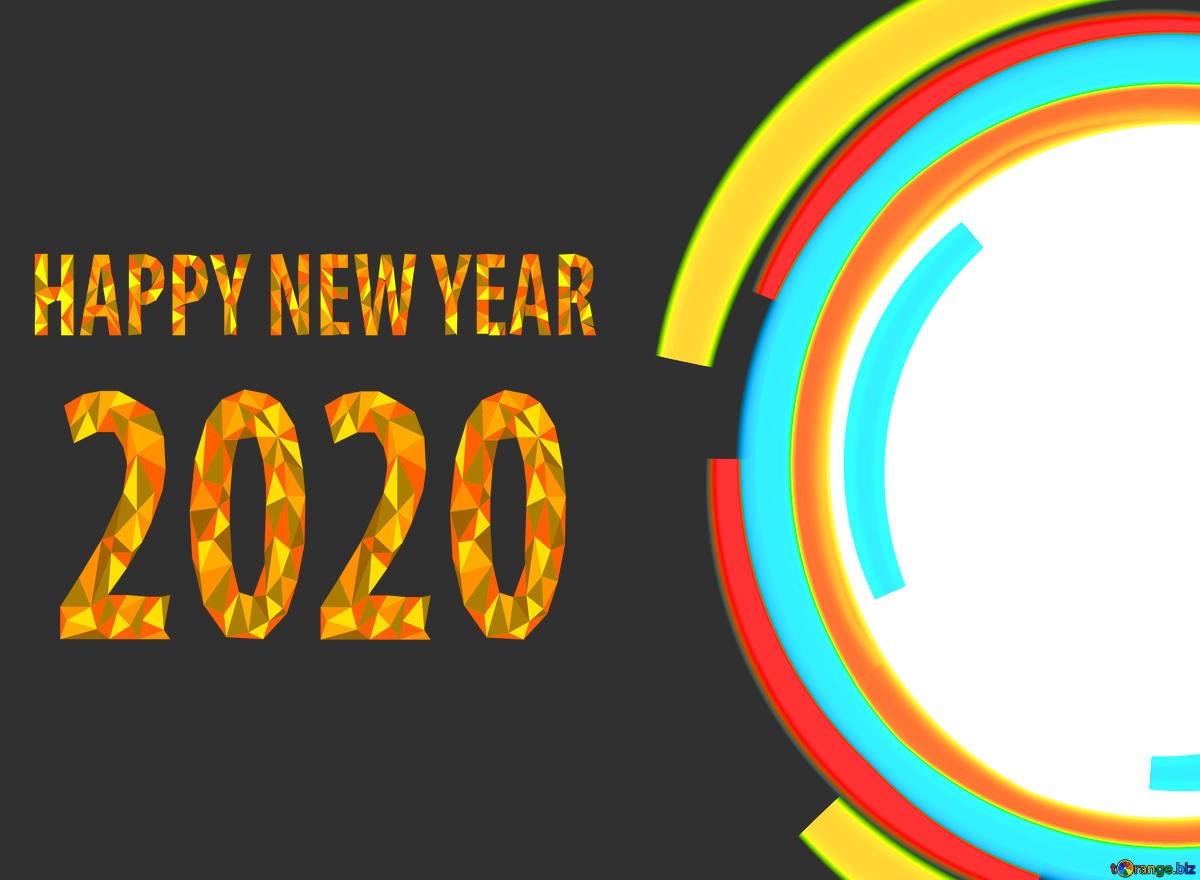Happy New Year and Welcome to 2020!
As we get closer to Census Day on April 1, we are counting down with a timeline of outreach recommendations for governments, community-based organizations, and individuals. CCL staff attend many of the Complete Count Committee meetings and Census conferences that are happening all over the nation, and we want to share some of the insights that we’ve collected to better help your outreach efforts. Here are some strategies that you can implement for the month of January:
Get Specific: What Would a Complete Count Do for Your Community?
As you continue to conduct outreach in your community and get people excited about the Census, get specific in how you describe the impacts a complete count could have.

In crowdsourcing questions for the Census HelpDesk, a Q&A chatbot developed by CommunityConnect Labs, we found that people had questions about every aspect of the Census:
- WHAT is it?
- WHEN is it?
- WHO participates?
- HOW is it conducted?
- WHY should I participate?
In answering this last critical question — the WHY of the Census — be specific! People are more likely to participate in the Census if they understand how a complete count could impact their daily lives.
As our CEO and founder Perla Ni explains, “Every person not counted is a loss of $20,000 over the 10 years that the Census is in effect.* If you’re not counted in the Census and you use the hospital, you may have longer waits in the emergency room. If you’re a parent, there may not be a seat for your child in preschool. If you drive on freeways, there may be more potholes because there’s not funding for those repairs.”
*Estimate varies by state. This estimate is for California residents.
Encourage Your Community Members to Apply to Census Jobs
Half a million enumerators (Census takers) need to be hired, trained, and deployed to knock on doors — largely in hard-to-count communities — to help ensure a complete and accurate count in the 2020 Census. Each enumerator is expected to count approximately 300 people. But hiring enough high-quality enumerators is a staggering challenge, as the Census Bureau has repeatedly stated.
Working as an enumerator is a valuable opportunity for local community members. Enumerator jobs are well-paid positions with few work experience requirements and highly flexible hours. The job pays from $13.50 to $30/hour depending on the county, and builds technological literacy as well as customer service skills. Applicants over 18 years old with a social security number and without a serious criminal history are likely to qualify. For more information on the job and application process, direct your community members here.
Review and Disseminate the 2020 Census Timeline
April 1 is officially Census Day, but the 2020 Census is set in motion this month. Here is the latest 2020 Census timeline from the Census Bureau:
- January 21, 2020: Enumeration kicks off in remote Alaska
- March 10, 2020: Start of field supervisor training
- March 27, 2020: Start of enumerator training
- March 12–April 30, 2020: Self-Response Operation
– *Mailings will go out in staggered waves to avoid overloading the system
– March 12: Households can start responding online and via telephone
– Mailing 1: March 12, March 13, March 19, March 20
• All Internet choice packets go out on March 13
– Mailing 2: Reminder letter, March 16–24
– Mailing 3: Reminder postcard, March 26–April 3
– Mailing 4: Reminder letter plus paper questionnaire, April 8–16
– Mailing 5: “It’s not too late” postcard, April 20–27
- May 13–July 31, 2020: Non-Response Follow Up (NRFU)
– April 9: “Early NRFU” starts in neighborhoods with large off-campus college student populations
- July 31: The last day that households can self-respond online
For information on what type of mailing your communities will receive first, check the CUNY HTC 2020 Map.
Finalize Plans Surrounding Your Census Day Launch
We’re only a few months away from Census Day. Is your community ready? In preparation, continue to engage hard-to-count communities. It’s time to start emphasizing the urgency of the 2020 Census. Make sure your community has access to accurate information about how information will be collected and why.
Leverage social media and other forms of communication popular among your community in order to get the word out. Coordinate with local Complete Count Committees and Subcommittees, other nonprofits and community-based organizations, and your local library in order to increase exposure and avoid duplicating efforts.
Let us know what strategies you’re using in your community, and we will feature them here on our blog!

